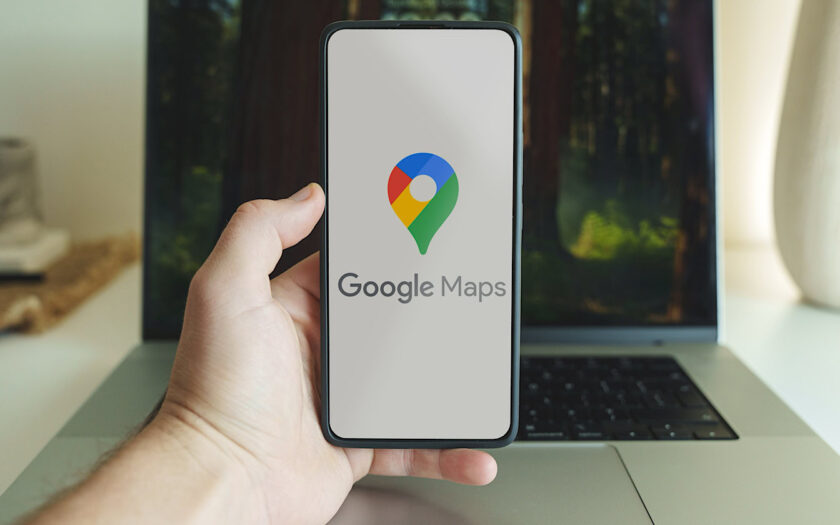<script type=”application/ld+json”>
{
“@context”: “https://schema.org”,
“@type”: “Product”,
“name”: “Pickleball Paddle Pro X1”,
“description”: “Professional grade pickleball paddle”,
“sku”: “PP-X1-2024”,
“brand”: {
“@type”: “Brand”,
“name”: “SportsPro”
},
“offers”: {
“@type”: “Offer”,
“availability”: “https://schema.org/InStock”,
“price”: “89.99”,
“priceCurrency”: “USD”,
“availableAtOrFrom”: {
“@type”: “Store”,
“name”: “SportStore Downtown”,
“address”: {
“@type”: “PostalAddress”,
“streetAddress”: “123 Main Street”,
“addressLocality”: “Austin”,
“addressRegion”: “TX”,
“postalCode”: “78701”
}
}
}
}
</script>
2. Inventory Management
To ensure this feature works well, accurate inventory tracking is important.
Follow these key steps to keep your data correct:
Regularly sync with Google Merchant Center.
Automate inventory updates.
Update inventory at least once every 24 hours.
3. Store Location Integration
Accurate store location information helps customers find you after discovering your products.
Here are the key elements to focus on:
Ensure your Google Business Profile is correct.
Keep your geocoding information accurate.
Update your operating hours regularly.
Adjust pickup availability settings as needed.
Looking Ahead
For retailers aiming to make the most of this feature, here are the recommended steps to follow:
Verify the setup of your Google Merchant Center.
Implement the necessary structured data.
Test the transmission of your data.
Monitor performance using Google Search Console.
Regularly update your inventory feeds.
This update can help drive more customers to physical stores during the holiday shopping season and beyond.
For more information, Google provides detailed guides in the Merchant Center help section.
Featured Image: Rokas Tenys/Shutterstock
